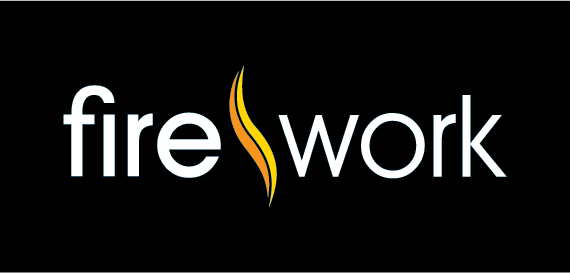Contact Fire Work Chimney Sweeps
We have a team of four chimney sweeps working throughout Scotland from our bases in Fife and the Highlands. You can use this form to contact us, view our frequently asked questions, or make a booking here.
Colinton, Tore, Muir of Ord, IV6 7SA
07790 545 036
0800 292 6001
info@fireworkchimneysweep.co.uk
Read our Faq's
Read our frequently asked questions, and our answers to them!
Our Services
View our services
Find us on Facebook
Keep up to date with our latest news via Facebook.
F.A.Q.s
Frequently Asked Questions
Fire Work are a full service chimney sweep company, offering sweeping, inspections and servicing for residential and commercial clients throughout Scotland. We are members of the Guild of Master Chimney sweeps and HETAS approved, providing insurance approved certification of all works completed for each job. You can view our most frequently asked questions here, or get in touch to ask a questions.
How often should I have my chimney swept?
Most of our clients require their chimneys to be swept once each year, however some chimneys require much more regular sweeping depending on fuel quality, chimney structure and usage. When our sweep visits, they advise on when your chimney will next require sweeping.
Do wood burning stove flues require sweeping?
Yes, the deposits from burning fuel in a stove build up inside the flue just as they do with other heating appliances.
How can I tell when my chimney needs to be swept?
You cannot usually tell that your chimney requires sweeping, although if you are having problems using your open fire or stove, very often sweeping and inspecting the flue solves or identifies the cause of the problem.
What is a chimney cowl?
A chimney cowl is a terminal at the top of the flue, usually attached to the chimney pot. It can be to keep rain or animals out, or to improve the performance of the flue such as reduce down drafts.
What does a CCTV chimney inspection involve?
A camera is put up the entire length of the flue to inspect the condition. We use various models of camera depending on the detail of inspection required.
What is a smoke draw test?
A smoke bomb is used which produces 24 cubic meters of smoke. This is carried out after each sweep to ensure that the smoke and dangerous gases are properly carried up the chimney and out of the property.
What is Carbon monoxide?
Carbon monoxide (CO) is a deadly, colourless, odourless, poisonous gas.
Is there a risk of carbon monoxide poisoning from burning wood, coal and other solid fuels?
Yes, burning of solid fuels generates a very high amount of carbon monoxide in comparison to burning gas or oil. That is why it is essential to have your chimney checked and cleaned regularly by a registered chimney sweep?
What is a registered chimney sweep?
A chimney sweep who has been trained and assessed by a recognised Chimney sweep association, such as the Guild of Master Chimney sweeps. Registration requires ongoing training and assessment. Many registered sweeps are also registered as HETAS approved sweeps, such as Fire work Chimney sweeps.
How can I tell if my chimney is leaking?
Usually you cannot but if you can smell smoke in another room then usually this would suggest a significant leak. A pressure test is usually required to identify a leak in a flue.
What is a pressure test?
This is used to check if a flue is gas tight and safe to use. The flue is sealed top and bottom, pressure is built up in the flue and then checked for leakage.
Why is my chimney smoking back?
There could be a number of reasons for this, weather conditions are often a factor, a blockage or partial blockage or even a baffle not fitted correctly can all affect the draw of the chimney and cause smoke to come back into the room.
How can I prevent birds from nesting on my chimney?
A bird guard can be fitted to your chimney. This is a cap with mesh around the side which prevents birds entering the flue. The cowl needs to conform to regulations as there is a danger that with the wrong cowl that fumes may not safely leave the property.
What do I need to do in order to prepare for the chimney sweeps visit, do I need to cover or remove furniture?
Chimney sweeping is a much cleaner process that it was in the past. You do not need to cover furniture. We bring sheets to cover our working area and seal up the fire opening.
We do require you to leave space around the fire to allow us to work and please empty fuel, ashes and rubbish from the fireplace or stove.
How soon can I use my fire after it has been swept?
You can use your fire or stove straight away.
What is Creosote or tar in my chimney?
Creosote is a by-product from burning wood. When smoke travels up your chimney it solidifies and sticks to the sides of the chimney.
You can learn more about it on our Creosote removal page.
